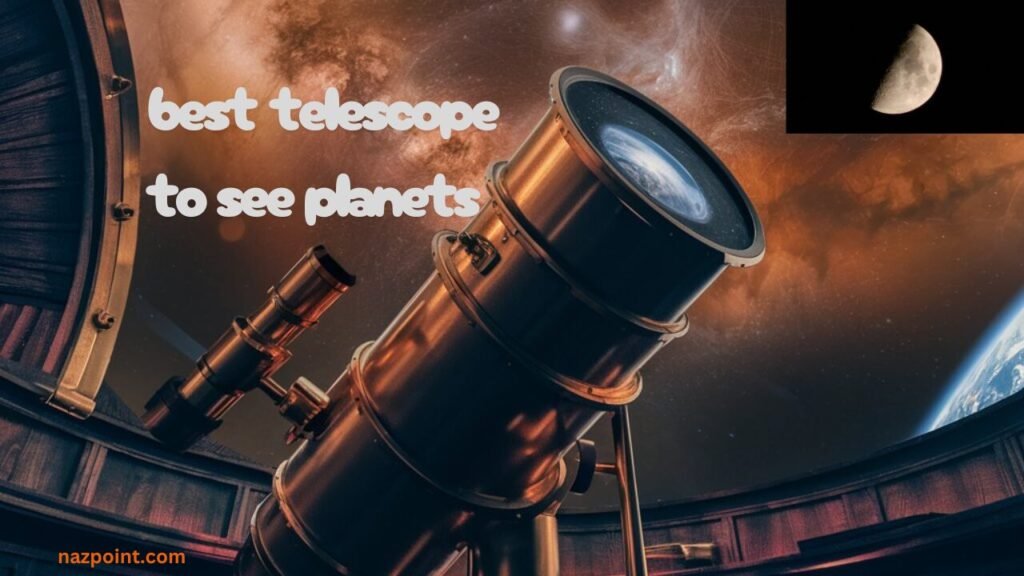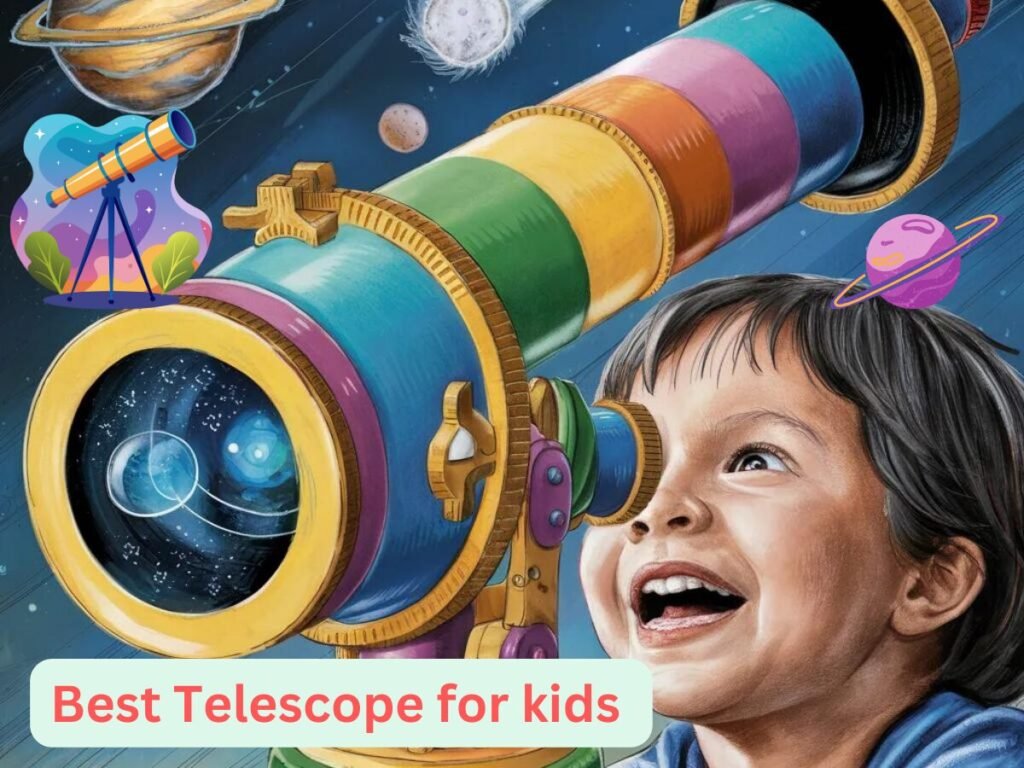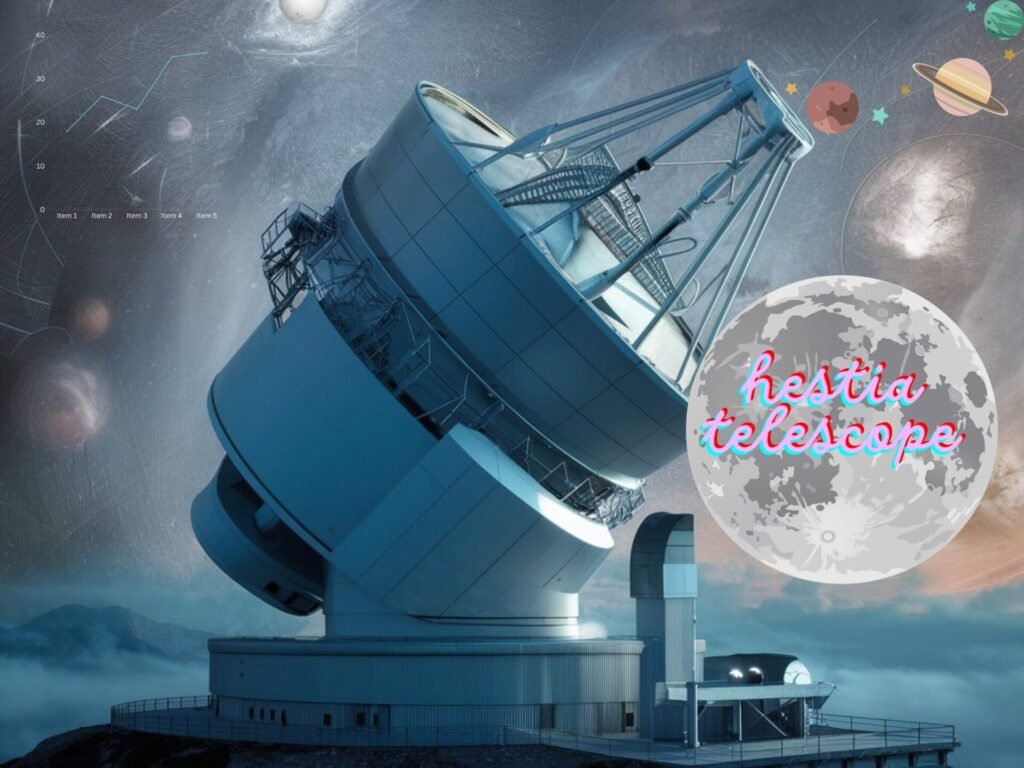An amazing experience with telescopes may last longer. Who does not want to get mesmerized with the best telescope to see planets? Of course, everyone intends to stay delighted and take some time out from their weary routine. If you are looking for a telescope that can contribute well to your deep enthusiasm for exploring sky objects, check our article to grab a list of some demanding and good quality best telescopes to see planets. Furthermore, check our guide reflector and refractor telescopes, if you want to extend your deep knowledge.
Telescopes play the role of a bridge connecting us to a fascinating sky full of fuzzy objects. This sky above has a deeper history and telescopes evoke curiosity in observers. This vast cosmos has a lineage of stargazers from ancient astronomers to modern scientists. The starlight in the night sky gets mesmerizing if you use a telescope. The sky is a portal to a hidden universe where the moon is like the center of attraction and blurry stars are like dancing pebbles where every observer just stays in the world of wonder praising the delicacy of nature.
Best telescope to see planets and galaxies for beginners
Celestron Astro Master 130EQ
Celestron Astro Master 130EQ is a suitable choice as the best telescope to see planets and galaxies, especially for beginners.
Features:
130mm aperture
user-friendly for beginners
easy to set up
useful accessories like a StarPointer finderscope
great quality
long lasting affordability
clear and detailed views
Price: around $300
Best telescope for astrophotography
Sky-Watcher Esprit 100ED
It is one of the best options for serious astrophotographers especially for those who want to have a good and memorable experience with deep-sky images and best telescope to see planets.
Features
100mm aperture
apochromatic refractor
superb color correction
delivering sharp, high-contrast images
amazing optical performance and astrophotography capabilities
robust dual-speed focuser
metal dew shield
great durability and reliability
Price: around $2,500
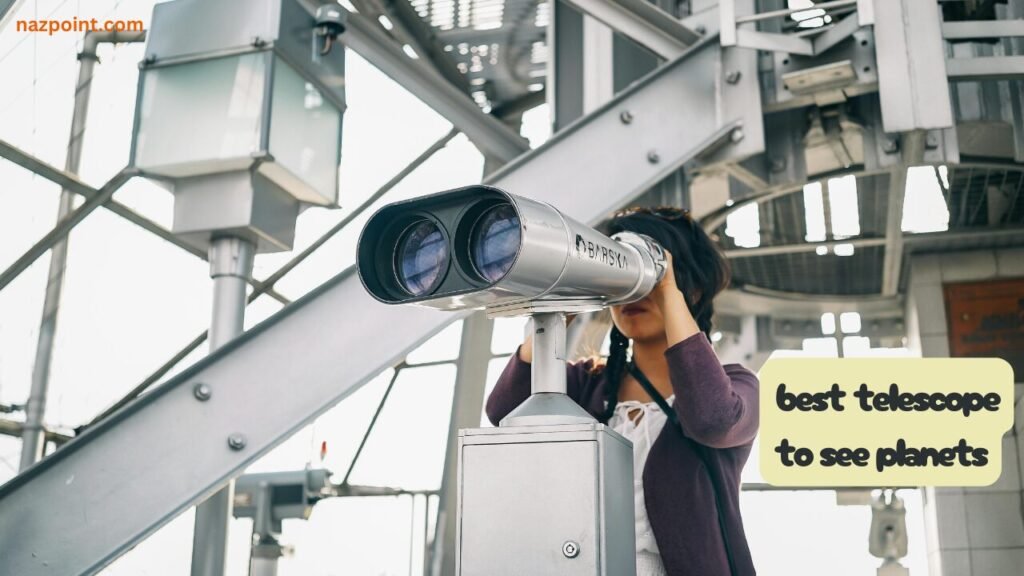
11 best telescope to see planets
1. Celestron NexStar 8SE
Price: $1,200
Features:
– 8-inch aperture
– Go to mount
– Star bright XLT coatings
– Sky align technology
– Portable design
| Pros | Cons |
| User-friendly Go To system | Higher price point |
| High-quality optics | Can be heavy for some users |
| Good for both planetary and deep-sky observations | Limited manual control |
| Excellent light-gathering capability | Requires power source |
| Easy to set up and transport | Alignment can be tricky for beginners |
2. Sky-Watcher EvoStar 120
Price: $1,600
Features:
– 120mm aperture
– ED doublet refractor
– Dual-speed focuser
– Metal dew shield
– 2-inch dielectric diagonal
| Pros | Cons |
| Excellent color correction | Expensive |
| Versatile for astrophotography | Limited field of view |
| Smooth focusing | Requires sturdy mount |
| Sharp, high-contrast images | Not motorized |
| Solid construction | Heavy and bulky |
3. Orion SkyQuest XT10
another best telescope to see planets is Orion SkyQuest XT10
Price: $700
Features:
– 10-inch aperture
– Dobson Ian mount
– Crayford focuser
– Pyrex mirror
– EZ Finder II reflex sight
| Pros | Cons |
| Easy to collimate | Limited portability |
| – Sturdy base | Heavy and cumbersome |
| Affordable for its size | Large footprint |
| Simple, intuitive design | Manual tracking |
| Great light-gathering ability | No GoTo capability |
4. Meade LX90 8-inch
Price: $2,000
Features:
– 8-inch aperture
– Advanced Coma-Free (ACF) optics
– Audio Star computer controller
– Ultra-High Transmission Coatings (UHTC)
– Sturdy fork mount
| Pros | Cons |
| Easy alignment process | Complex for beginners |
| Robust Go To system | Requires power source |
| Sharp, clear images | Heavy and bulky |
| Excellent build quality | Limited manual control |
| Great for both visual and astrophotography | Expensive |
5. Celestron AstroMaster 130EQ
Price: $300
Features:
– 130mm aperture
– German equatorial mount
– Erect image optics
– StarPointer finderscope
– Sturdy steel tripod
| Pros | cons |
| Decent optics for the price | Basic finderscope |
| Suitable for both planetary and deep-sky objects | Manual tracking |
| Affordable | Plastic components |
| Good beginner telescope | Mount can be shaky |
| Easy to set up | Limited accessories |
6. Orion Sirius ED80
Price: $1,500
Features:
– 80mm aperture
– ED doublet refractor
– Go To equatorial mount
– 2-inch Crayford focuser
– Included polar scope
| Pros | Cons |
| Excellent color correction | Limited light-gathering |
| Precise tracking | Expensive for size |
| Solid construction | Requires power source |
| Good for astrophotography | Small aperture |
| Portable and lightweight | Complex setup |
7. Sky-Watcher Flextube 300P
Sky-Watcher Flextube 300P is one of the perfect examples of best telescope to see planets.
Price: $1,200
Features:
– 12-inch aperture
– Collapsible Dobsonian design
– Parabolic mirror
– 2-inch Crayford focuser
– 9×50 finderscope
| Pros | Cons |
| Great for deep-sky observations | Very heavy and bulky |
| Huge light-gathering power | Large footprint |
| Sturdy and simple to use | Requires collimation |
| Collapsible for storage | Manual tracking |
| Affordable for aperture size | No motorization |
8. Meade ETX90 Observer
Price:$400
Features:
– 90mm aperture
– Maksutov-Cassegrain design
– AudioStar controller
– Portable design
– Red-dot finderscope
| Pros | cons |
| User-friendly GoTo system | Basic mount |
| Great for planetary viewing | Battery dependent |
| Highly portable | Plastic components |
| Excellent optics | Limited accessories |
| Easy alignment | Small aperture limits deep-sky viewing |
9. Celestron CPC 1100
You can count Celestron CPC 1100 as one of the best telescope to see planets
Price: $3,500
Features
– 11-inch aperture
– StarBright XLT coatings
– GPS alignment
– Dual fork arm mount
– NexRemote telescope control software
| Pros | Cons |
| Excellent for both visual and astrophotography | Heavy and cumbersome |
| User-friendly GoTo system | Very expensive |
| High-quality optics | Limited manual control |
| Outstanding light-gathering ability | Complex for beginners |
| Stable and sturdy mount | Requires power source |
10. Sky-Watcher Esprit 100ED
Price: $2,500
Features
– 100mm aperture
– Triplet apochromatic refractor
– Dual-speed focuser
– Metal dew shield
– Case included
| Pros | cons |
| Smooth focusing | Not motorized |
| Solid build quality | Limited field of view |
| Sharp, high-contrast images | Heavy for size |
| Superb color correction | Requires sturdy mount |
| Great for astrophotography | Expensive |
11. Orion Atlas 8 EQ-G
Price: $2,000
Features:
– 8-inch aperture
– GoTo equatorial mount
– 2-inch dual-speed focuser
– 9×50 finderscope
– Sturdy tripod
| Pros | cons |
| User-friendly GoTo system | Limited portability |
| Good for both visual and astrophotography | Complex for beginners |
| Excellent optics | Requires power source |
| Robust build quality | Heavy and bulky |
| Precise tracking | Expensive |
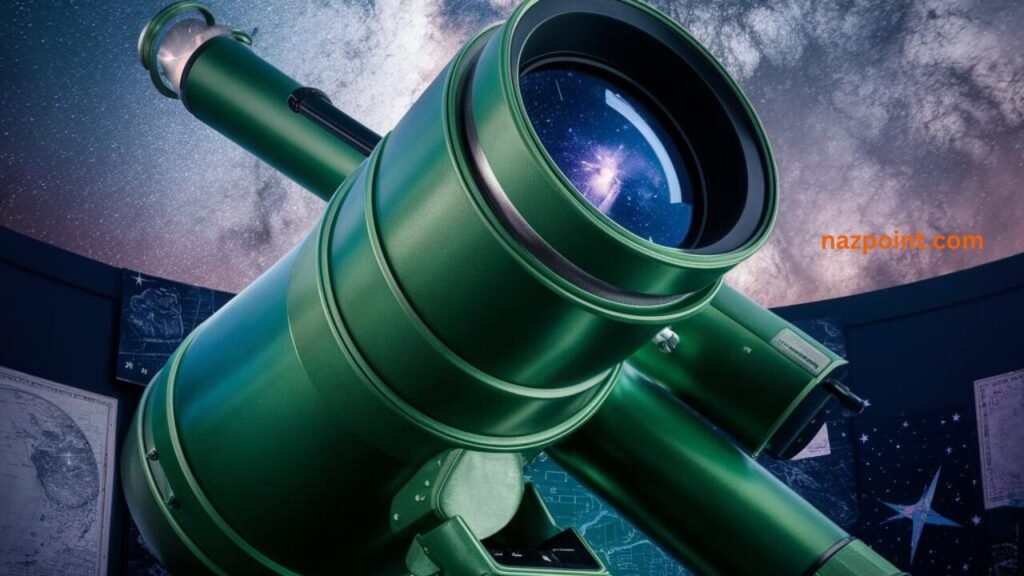
FAQs
1. Which type of telescope is best used to detect planets?
Many telescopes serve the purpose as best telescope to see planets by detecting planets however refractor telescope is a better choice for viewing planets. They are especially well designed to capture sharp images to provide clear details on planets like Jupiter’s moons, Saturn’s rings, and Mars’ surface. It is ideal for seeing features with special lenses to focus light.
2. What magnification telescope do I need to see planets?
You need a perfect magnification of around 150x to 200x to see planets. The reason is, the telescope’s aperture is equally important if you wish to see the rings of Saturn or the Great Red Spot on Jupiter. Always bear in mind that a telescope with a magnification of at least 100x is significant.
3. Can you really see planets with a telescope?
Any doubt in that? Yes, you can really see planets with a telescope. No matter small or large, a good quality telescope will fascinate you with its amazing features so you can planets like Mercury, Venus, Jupiter, Saturn and Mars. Even you can be on an adventure with Jupiter’s cloud bands and Saturn’s rings.
4. How much is a good telescope to see planets?
The price range may vary from $300 to $600. Some other advanced telescopes can cost between $1,000 and $2,000 since they have user-friendly features and better-quality optics. Its not that expensive if your passion is touching the limits of craziness. Just grab the one that is more affordable to you from our list of best telescope to see planets.

